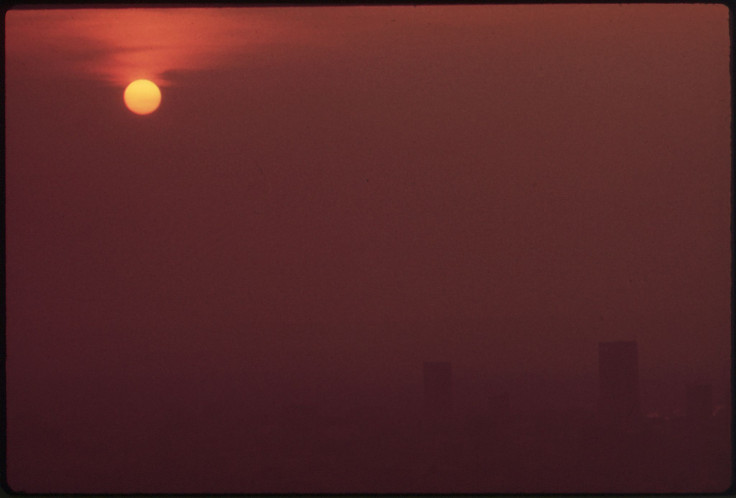Poor Air Quality Might Keep The Climate From Changing In Some Places

Air that is full of pollutants might actually hide climate change in certain areas of the world, according to NASA’s Jet Propulsion Laboratory in California. This might be what happened over the Southeast region of the United States in the 1990s when warming hit the other parts of the country, but not the Southeast.
Through the 20th century the average temperature across the country rose a total of about one degree Fahrenheit except for in the Southeast region. There the average temperature actually dropped a little bit. This strange phenomena came to be known as a “warming hole.”
Read: United States On Track To Experience Second Warmest Year Ever
Since the 90s the warming in that area of the country has begun to heat up even more quickly, says NASA. A study published in the journal Remote Sensing includes data that indicates that an improvement in the quality of the air in the southeast may have led to the warming of the region and the loss of the warming hole.
The warming hole may have been sustained in part due to the aerosols in the air that didn’t decrease until air quality improved. Aerosols are known to block some of the sunlight and energy that would otherwise make it to the Earth’s surface either by absorbing it or reflecting it. They also help sustain clouds in the air, those clouds then increase the reflectivity of Earth and also send some sunlight back to space. Together the two reflect about a quarter of the sun’s energy back out into space, according to NASA.
When these aerosols decreased, the amount of energy from the sun making it to the Earth’s surface increased and so did the temperature. To find the connection between the aerosols decreasing and the warming, the researchers looked at satellite based data of aerosol vertical profiles with one-dimensional radiative transfer model and observed surface temperatures, says the study.
Read: Gulf Of Mexico Sees Largest 'Dead Zone' Recorded, Size Of New Jersey
From 2000 to 2015 the researchers found that in the Southeast summertime temperatures increased by about one and a half degrees Fahrenheit, the aerosols decreased by 20 percent during that time. The decline was likely due to changing Environmental Protection Agency standards that put more strict caps on aerosol concentration, says NASA.
A similar trend took place in Europe after 1980 regulations to the air there were implemented. Researchers are not curious as to whether the same phenomena will occur over China and India once the air quality there improves, says NASA. Knowing what to expect in situations like this one helps create better climate models and helps policy makers create stronger policy Mika Tosca, team leader and JPL researcher, told NASA.
© Copyright IBTimes 2024. All rights reserved.





















